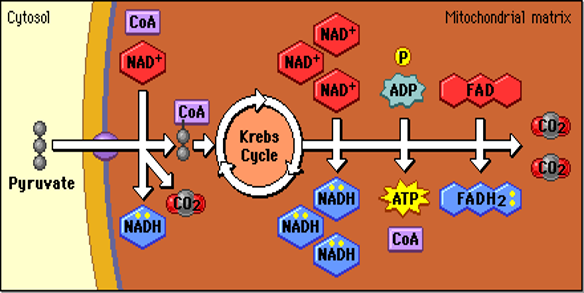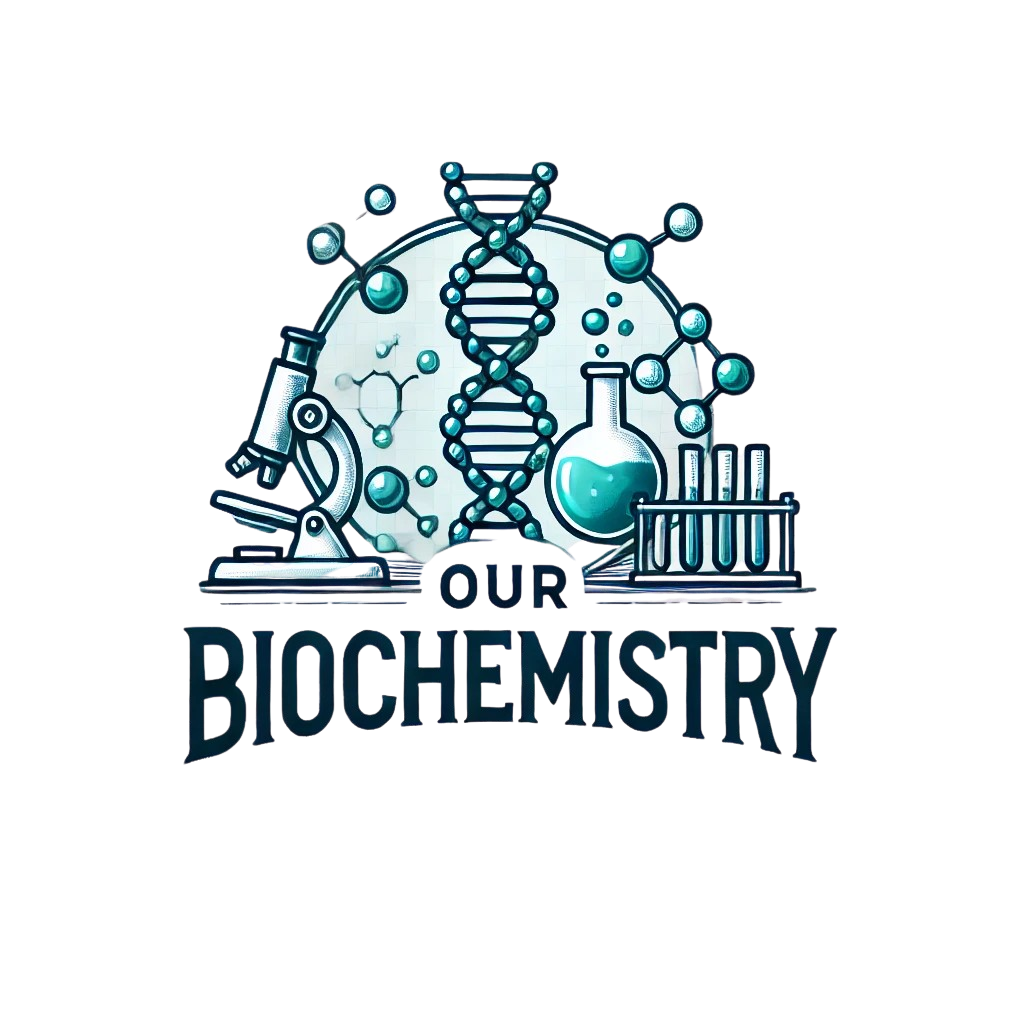Library
Our Biochemistry > Library > USMLE Content > Energy metabolism > Quick revisions > A Summary Of Regulation of Glycolysis, PDH Complex, and TCA Cycle (with mnemonics)
A Summary Of Regulation of Glycolysis, PDH Complex, and TCA Cycle (with mnemonics)
- October 27, 2024
- Posted by: Namrata Chhabra
- Category: Energy metabolism Learning resources Library Metabolism of Carbohydrates Multiple-choice questions Quick Revision Series Quick revisions USMLE Content
No Comments

Hexokinase vs Glucokinase Regulation
| Feature | Hexokinase | Glucokinase | Mnemonic |
| Location | Most tissues (muscle, brain) | Liver and pancreatic β-cells | “H in Human Tissues, G in Glucose Factories” |
| Affinity for Glucose (Km) | Low Km (high affinity) | High Km (active only at high glucose) | “Hexokinase is Hungry, Glucokinase is Greedy” |
| Allosteric Inhibition | Inhibited by Glucose-6-Phosphate | No inhibition by Glucose-6-Phosphate | “Hexo Stops Itself, Gluco Keeps Going” |
| Induction / Repression | No significant hormonal regulation | Induced by Insulin, repressed by Glucagon | “Insulin Induces, Glucagon Grounds” |
Regulation of Glycolysis
| Enzyme | Activators | Inhibitors | Regulation Mechanism | Mnemonic |
| Phosphofructokinase-1 (PFK-1) | AMP, Fructose 2,6-bisphosphate | ATP, Citrate | Allosteric Regulation & Induced by Insulin | “AMP and F-2,6BP Fire PFK, ATP and Citrate Cease It” |
| Pyruvate Kinase | Fructose 1,6-bisphosphate | ATP, Alanine | Allosteric & Covalent Modification | “F-1,6-BP Fires Pyruvate Kinase, Alanine Arrests It” |
Regulation of Pyruvate Dehydrogenase Complex (PDH Complex)
| Activator | Inhibitor | Regulation Mechanism | Mnemonic |
| Ca²⁺, ADP, NAD⁺ | ATP, Acetyl-CoA, NADH | Allosteric Regulation & Covalent Modification | “Ca Activates, ATP Stops” |
Regulation of TCA Cycle
| Enzyme | Activators | Inhibitors | Regulation Mechanism | Mnemonic |
| Citrate Synthase | — | ATP, NADH | Allosteric Inhibition | “ATP Neglects Citrate” |
| Isocitrate Dehydrogenase | Ca²⁺, ADP | ATP, NADH | Allosteric Regulation | “Ca Activates, ATP Neglects” |
| α-Ketoglutarate Dehydrogenase | Ca²⁺ | ATP, NADH, Succinyl-CoA | Allosteric Regulation & Feedback Inhibition | ” Ca Activates, ATP Neglects, Succinyl-CoA Slows the Cycle” |
Glycolysis: Role of PFK-2, PFK-1, and Pyruvate Kinase in Regulation
- Step 1:
PFK-2 converts Fructose-6-phosphate to Fructose 2,6-bisphosphate.- Fructose 2,6-bisphosphate is a key activator of PFK-1 (enhances glycolysis).
- PFK-2 activity is stimulated by insulin and inhibited by glucagon, aligning glycolysis with the fed state.
- Step 2:
PFK-1 converts Fructose-6-phosphate to Fructose 1,6-bisphosphate.- Fructose 1,6-bisphosphate is critical as it both progresses glycolysis and activates Pyruvate Kinase (feedforward regulation).
- Step 3:
Fructose 1,6-bisphosphate activates Pyruvate Kinase.- This is a classic example of feedforward regulation, ensuring that once the pathway has reached a committed step, the process continues efficiently to produce pyruvate.
Hormonal Control Overview
- Glycolysis:
- Insulin promotes glycolysis by increasing PFK-1 and pyruvate kinase activity.
- Glucagon inhibits glycolysis in the liver by phosphorylating pyruvate kinase.
- PDH Complex:
- Activated by dephosphorylation in response to insulin and Ca²⁺ during muscle contraction.
- Inhibited by phosphorylation (when ATP, Acetyl-CoA, and NADH are high).
- TCA Cycle:
- Ca²⁺ activates key enzymes (Isocitrate and α-Ketoglutarate Dehydrogenase).
- ATP, NADH, and Succinyl-CoA inhibit the cycle through feedback.
Mnemonic Summary
- Hexokinase vs. Glucokinase:
“Hexo Stops Itself, Gluco Keeps Going” - PFK-1 Regulation:
“AMP and F-2,6BP Fire PFK, ATP and Citrate Cease It” - PDH Complex Regulation:
“Ca Activates, ATP Stops”- Ca²⁺, NAD⁺, ADP activate PDH.
- ATP, Acetyl-CoA, NADH inhibit it.
- TCA Cycle Regulation:
“Succinyl-CoA Slows the Cycle”- Ca²⁺, ADP activate the cycle.
- ATP, NADH, Succinyl-CoA inhibit it.
Author:Namrata Chhabra
With over 38 years of experience as a Medical Educator, Medical Biochemist, and Researcher, Dr. Namrata Chhabra has a proven track record of leading and contributing to clinical, academic, and research initiatives that advance medical science and education. She holds an M.B.B.S., an M.D. and Ph.D. in Medical Biochemistry, and a Master's in Health Professions Education (MHPE). She is also a FAIMER Fellow, a prestigious recognition of her excellence in medical education and research.
Currently, she serves as the Associate Dean of Admissions, Chair of the Admissions Committee, and a Professor of Biochemistry at the American University of Antigua College of Medicine (AUACOM). In this role, she oversees the academic quality, curriculum development, faculty development, accreditation processes of the college, and student recruitment. She also teaches and mentors medical students, conducts and supervises biomedical and educational research projects, and publishes and presents her findings in national and international journals and conferences. Additionally, she is the author of three comprehensive textbooks on Medical Biochemistry, which are widely used by medical students and professionals. She is passionate about improving the health outcomes of communities and individuals by fostering a culture of innovation, collaboration, and excellence in medical education and research.
